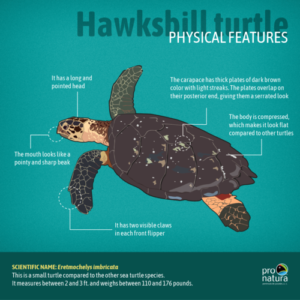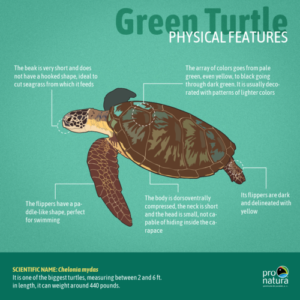Our friends at St. Croix Environmental Association let us know that it’s Sea Turtle Week! They are celebrating by sharing interesting facts about their sea turtle work at Southgate Coastal Reserve on Facebook.
Three species of sea turtles visit various beaches on St. Croix each year to nest: Leatherback, Hawksbill and Green Turtles. All three species are considered either vulnerable or endangered by the International Union for Conservation of Nature, which is why organizations like SEA are so dedicated to helping them thrive on St. Croix.
St. Croix Sea Turtle Groups
- East End Marine Park
- Sandy Point National Wildlfe Refuge
- Sea Turtle Census Initiative and St. Croix Leatherback Project
- St. Croix Environmental Association
It’s always a treat to spot a sea turtle when snorkeling or swimming in the waters surrounding St. Croix. We even get a little giddy when we see one of their little heads breach the surface of the water for a breath! Here is some info that might help you recognize each species.

Hawksbill
Named for its narrow head and sharp, bird-like beak, hawksbills can reach into cracks and crevices of coral reefs looking for food. Their diet is very specialized, feeding almost exclusively on sponges. One of the smaller turtles, adults weigh between 100-200 pounds and reach 2-3 feet in length.
Trading of their carapace, or shell (a.k.a. tortoiseshell) is the main reason that hawksbill sea turtles are endangered. Other threats include destruction of nesting and feeding habitat, pollution, boat strikes, coastal development, entanglement in fishing gear, consumption of their meat and eggs, and destructive fishing practices like dynamite fishing.
 Green Turtle
Green Turtle
The green turtle is the second largest after the leatherback. They can weigh up to 500 lbs and reach four feet in length. The adult is an herbivore, dining on sea grasses, seaweeds, algae and other forms of marine plant life. Their beak is sharp and finely serrated, perfectly adapted for grazing in seagrass beds and scraping algae off of hard surfaces.
Population declines are mainly due to harvest of their eggs and meat for human consumption. Other threats include plastic ingestion, boat strikes, coastal development, feeding habitat degradation, and entanglement in fishing gear.
 Leatherback
Leatherback
The largest of all sea turtles, and one of the largest reptiles on earth, the leatherback turtle ranges in size from 4-8 feet in length and weighs between 500-2,000 pounds. The average adult measures in between 5-6 feet and weighs 600-800 pounds. Leatherbacks spend most of their time in deep, open waters, but migrate to coastal regions to mate and nest.
They are vulnerable primarily due to entanglement in commercial fishing gear, particularly longlines and gillnets. Their eggs are also consumed in many parts of the world. These ancient creatures are also vulnerable to ingestion of floating marine debris like discarded plastics. Plastic bags and balloons resemble their favorite prey, jellyfish, and when ingested may block their digestive tract, preventing them from eating.
Find ways to help with the conservation of sea turtles on the Sea Turtle Week web site and get involved locally with the above organizations who work tirelessly to protect our turtle population.


Recent Comments